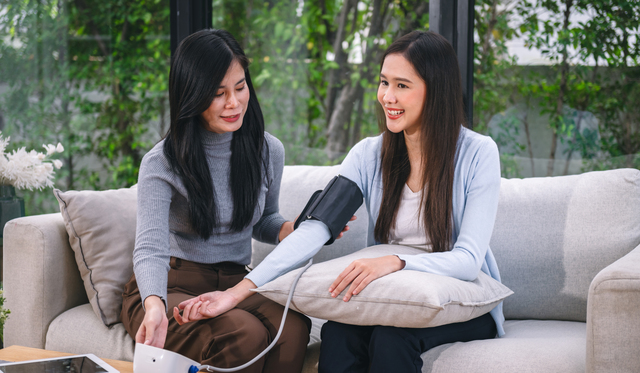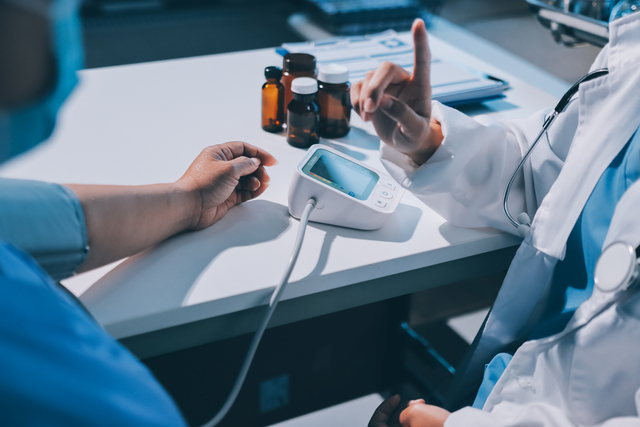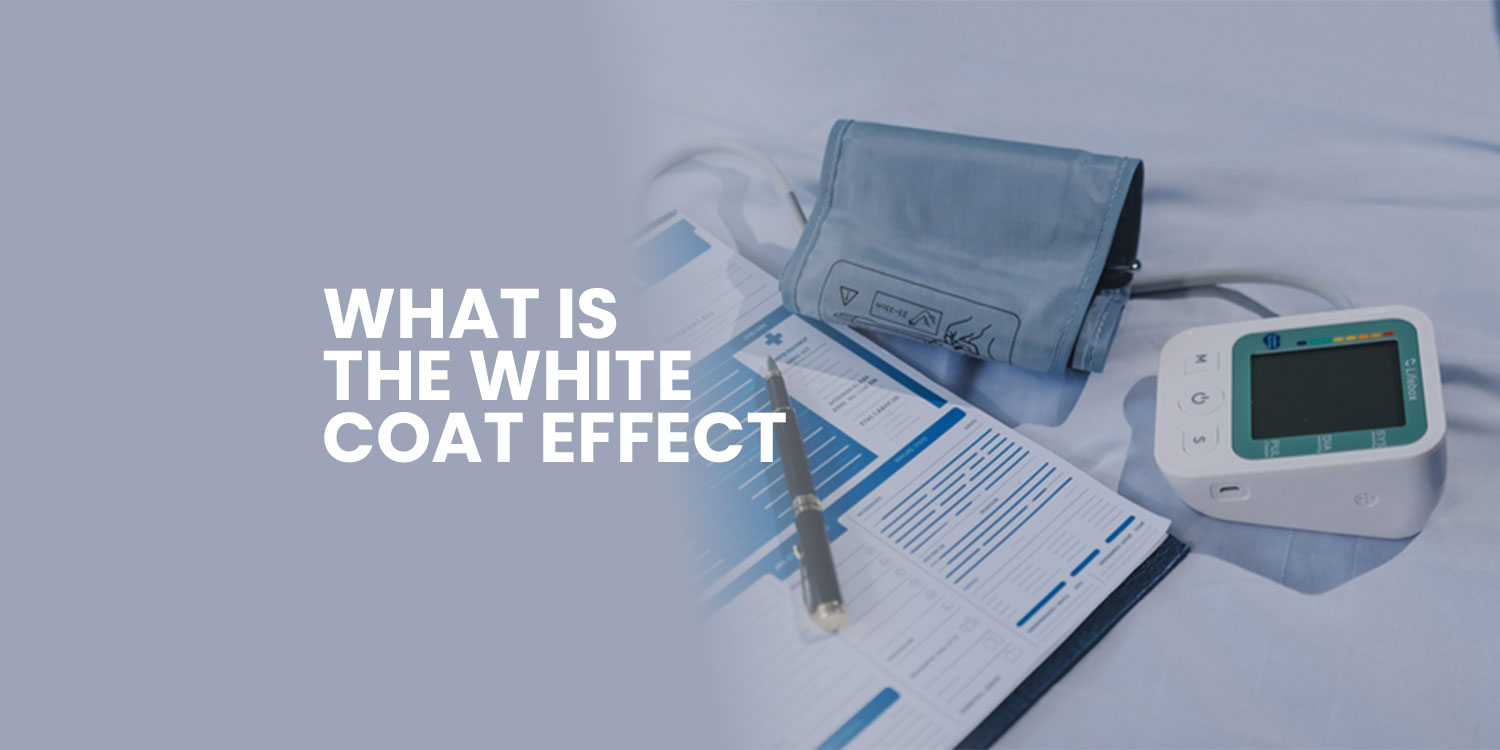What is the White Coat Effect?
The white coat effect is when your blood pressure spikes at the doctor’s office — not because you’ve suddenly developed hypertension, but because you’re anxious or stressed in that clinical setting. The name comes from those crisp white coats that doctors and nurses wear, which can unintentionally trigger stress or nervousness in some patients.
It’s a real thing — and a really common thing. Especially if you’re someone who gets nervous in medical environments, even if you’re usually as cool as a cucumber outside the clinic.
Why It Matters
While it might seem harmless, the white coat effect can lead to a false diagnosis of high blood pressure — or unnecessary medication. That’s why it’s important not to rely on just one reading in the clinic.

The Better Way: Monitor at Home
The best way to get a true picture of your blood pressure is with home monitoring. When you’re relaxed in your own space, you’re more likely to get accurate numbers that reflect your real health status. You can even track your readings over time to spot trends and share them with your healthcare provider.
Pro tip: Take readings twice a day (morning and evening), sitting calmly, with both feet on the ground — and no caffeine or exercise 30 minutes before.

Final Thoughts
Don’t let a single high reading send you into panic mode. The white coat effect is well-documented — and manageable.
Talk to your doctor or pharmacist about home blood pressure monitors. At iCare Pharmacy, we can help you choose one that’s easy to use and accurate.
Have questions? Drop by or give us a call. We’ll help you stay in control of your health — white coat or not.




